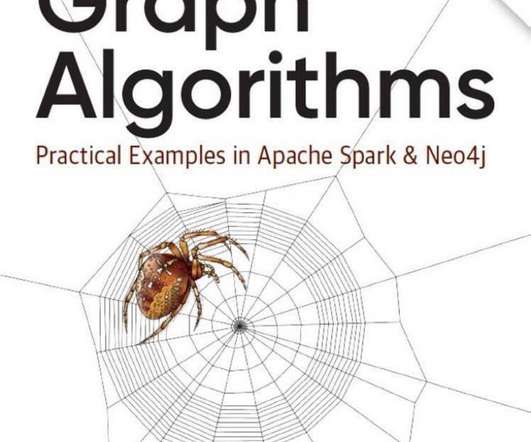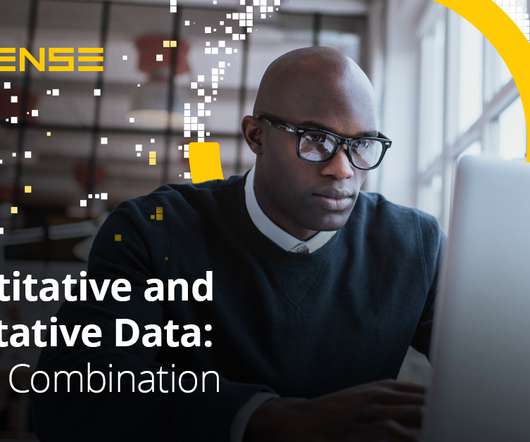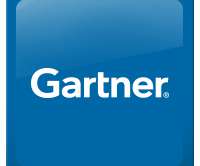The Power of Graph Databases, Linked Data, and Graph Algorithms
Rocket-Powered Data Science
MARCH 10, 2020
Chapter 1 provides a beautiful introduction to graphs, graph analytics algorithms, network science, and graph analytics use cases. In the discussion of power-law distributions, we see again another way that graphs differ from more familiar statistical analyses that assume a normal distribution of properties in random populations.














Let's personalize your content